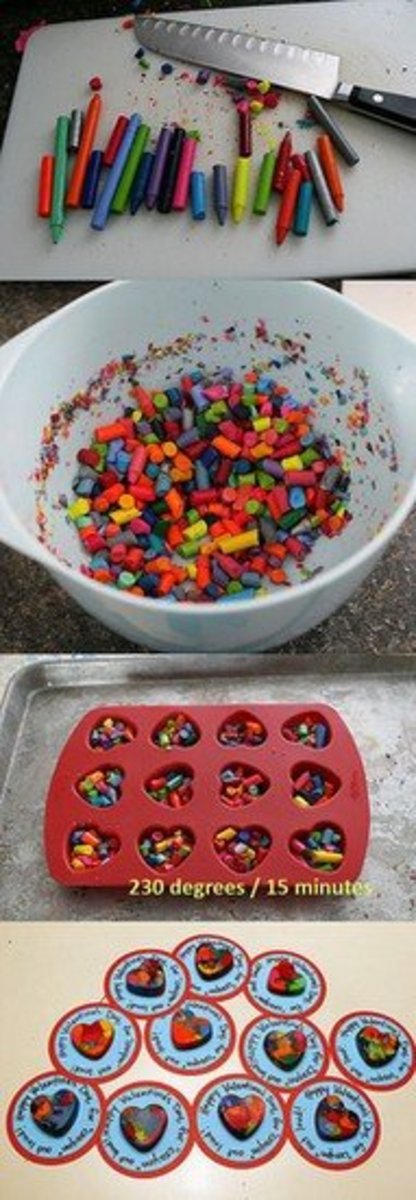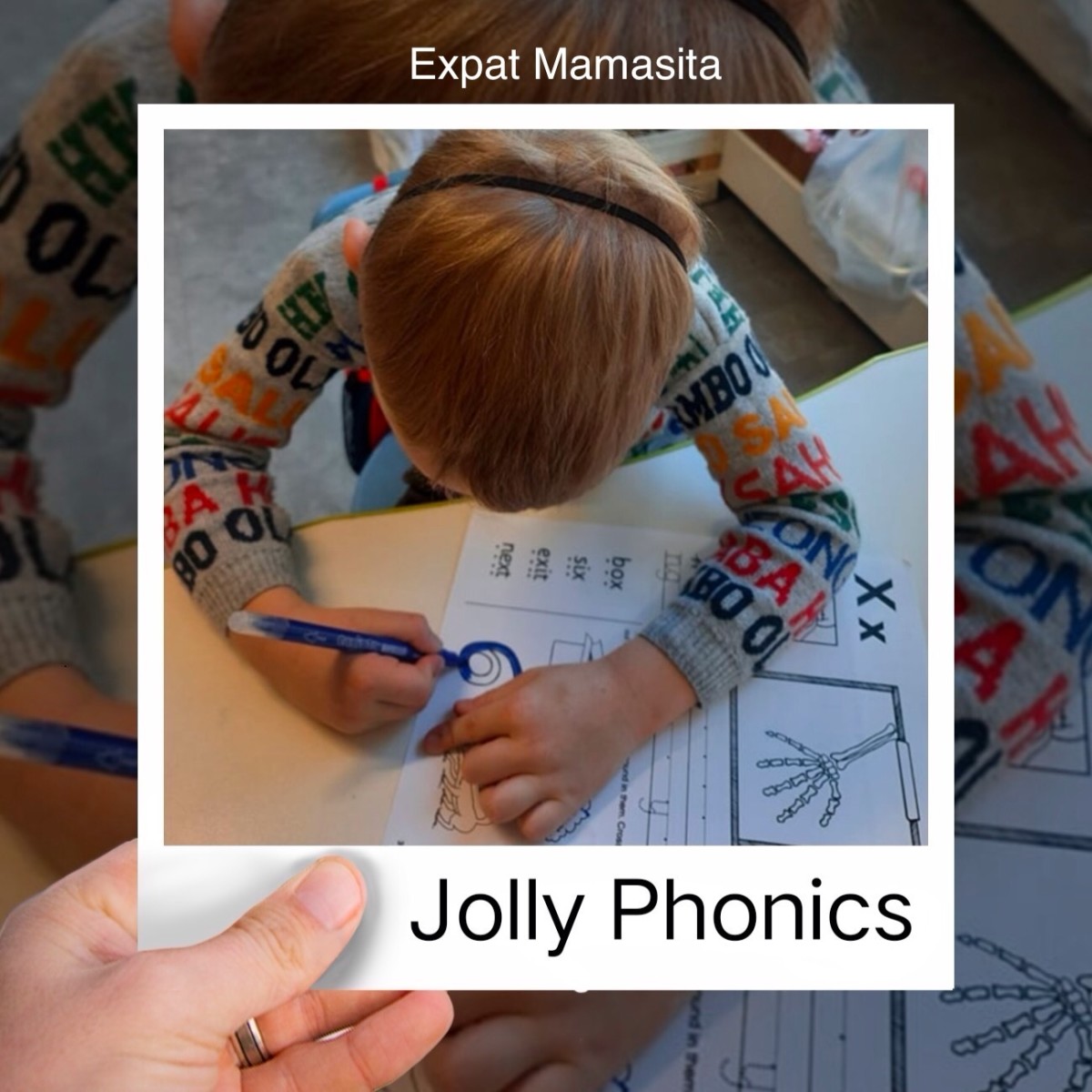An Analysis of PECS (Picture Exchange Communication System)
Purpose of the Picture Exchange Communication System (PECS)
PECS was designed for people with communication disorders, specifically those with an Autism Spectrum Disorder. The aim of PECS is to “teach spontaneous social-communication skills by means of pictures or symbols” (Howlin et al., 2007 pg. 473). Through using this program, people with autism are taught how to initiate conversation. The person does this by picking up a symbol card, for example a picture of a lolly, and exchanging it with someone else for an actual lolly. The act of exchanging a card for a desired item is a “communicative act that requires social interaction, which is…highly sought after when working with children with autism and related developmental disabilities” (Sigafoos, 2005 pg. 605). Verbal prompts are not used in order to encourage spontaneity and avoid prompt dependency (Bondy & Frost, n.d.) however verbal communication can develop through the use of this program.
The program is particularly successful when “appropriately combined with elements of behaviour analysis” (Bondy & Frost, n.d.). This means that elements of behaviour analysis as developed by B.F. Skinner, including using reinforcers, fading prompts and other issues, should be used with the PECS system to ensure optimum achievement by the student in learning to initiate conversation. For example, if a person uses PECS to request a drink, they should be given the drink immediately as a positive reinforcer, to encourage them to use the system more frequently. Only when a person has begun to master the concept of exchanging a card for a desired item can they then be denied the item if requested at an inappropriate time.
The Creators of PECS
The creators of PECS are Andrew Bondy, a clinical psychologist, and Lori Frost, a speech and language therapist. Both of the creators have many credentials, good reputations amongst professionals in the education field, and a wealth of experience in the area of communication disorders.
Bondy has a master’s degree in arts, as well as a PhD, and has written many research papers. For fourteen years he was in charge of a statewide public school system in the US. Frost has a master’s degree in science, and much experience in functional communication training. Both are skilled in applied behaviour analysis.
Both creators are highly respected and regarded in their field, and their credentials show that they indeed are knowledgeable and skilled, suggesting that the PECS is a credible and worthwhile tool to use with people with communication disorders.
Target Students
As already mentioned, PECS was originally designed for children with autism. Children with autism are often visual learners. Visual learners are defined as “children that process and retain information better if it is presented in a format where it is written down and can be seen, as opposed to information that is primarily heard” (Tissot & Evans, 2003 pg. 426). Hence PECS is a suitable tool to be used with students with autism who are primarily visual learners, because it allows them to “gain communications skills by channelling instruction through visual means” (Tissot & Evans, 2003 pg. 430). Also, studies suggest that people with autism are able to remember non-verbal material better than verbal material (Tissot & Evans, 2003 pg. 427).
Studies have been completed looking at some specific case studies where PECS has been used. One recent study looked at the effectiveness of PECS when used with a child with autism who also had a hearing impairment. This study found that after the intervention, the child “achieved a much higher communication level, which was completely functional in social contexts” (Malandraki & Okalidou, 2007).
Another study looked at the effectiveness of PECS when used with adults who were non-verbal, and who also had an intellectual disability. Three out of the five participants “developed functional skills that they were able to display in home and community settings” (Stoner et al., 2006 pg. 154). Whilst this study cannot be generalised to an entire population, it suggests that PECS may be less effective with people with intellectual disabilities.
Analysis of Research Base
Most of the research analysing PECS is positive, but also points out situations where PECS is not the most useful system available.
There are several reports that suggest a great number of children who were having difficulty with verbal communication did begin to develop spoken language after learning to use PECS (Charlop-Christy et al., 2002 pg. 214). However this was only the case with children who had some initial spontaneous communication, and no gains in spoken language were made by children without any spontaneous communication (Bondy & Frost, 1994 in Charlop-Christy et al., 2002). Ganz and Simpson (2004) also found that as PECS was mastered by the participants in the study, “word utterances increased in number of words and complexity of grammar” (pg. 395).
One of the main benefits of PECS is that there is often a noticeable reduction in the problem behaviours displayed by children experiencing difficulty in communicating. A study conducted by Dooley et al., (2001) found that when functional communication was addressed in the behaviour plan of students displaying problem behaviours, and PECS was introduced, there was “a dramatic decrease in aggression and increase in cooperative behavior in the classroom” (pg. 57). This study also found that there was an increase in compliance amongst the participants. PECS is also lauded as a valuable tool because it uses “basic behavioral principles and techniques, such as shaping, differential reinforcement, and transfer of stimulus control via delay” (Charlop-Christy et al., 2002 pg. 213-214). Charlop-Christy et al. (2002) summarise the other benefits of PECS detailed in the literature, including the fact it requires few complex motor skills, “does not require the listener to be familiar with an additional language such as sign language” (Bondy & Frost, 1994, in Charlop-Christy et al., 2002 pg. 214), is relatively cheap and portable, and finally that the system can be taught quickly.
Some studies, whilst noting the value of PECS, have had results suggesting that in some cases, some interventions actually produce better results than PECS. A study by Tincani (2004) found that sign language training for children with communication difficulties produced a higher percentage of vocalisations during training, compared to PECS. However this study only had two participants, and whilst it is a valuable study, it is not a reliable one. If the study were to be repeated, the results could vary considerably, depending on the participants.
Tissot and Evans (2006) briefly note that there is some debate amongst members of the community regarding the positive reinforcers used by PECS. It is argued that by giving the child everything they request in the initial stages of training can lead to children developing into, to use a colloquial expression, “spoilt brats.” There is no literature that seems to support this notion however, and other literature states that the benefits of PECS far outweigh any negatives.
From looking at these various studies, it can be seen that different interventions work for different children. However PECS is a valuable tool that can result in great improvement in a child’s communicative ability, and most researchers agree it is an intervention that should be used with children with autism.
Introducing PECS to Students
PECS has 7 phases. Phase 1 concerns the introduction of the strategy to the student. Bondy and Frost (1994) explain that “it is imperative the communication training begin with functional acts that bring the child into contact with reinforcers.” The trainer needs to ensure he or she is aware of what items are the most motivating and reinforcing for the student. This can be done by presenting the student with two items, and allowing him or her to choose an object. The object chosen is the one that the student values the highest, and hence should be used as the reinforcer during Phase 1 of PECS.
When the training is ready to be implemented, it is important that no verbal prompting is used whatsoever. This is to avoid prompt-dependent learning (Bondy & Frost, 1994).
Two trainers are needed for Phase 1. The student sits in front of a table with the reinforcer clearly visible. One trainer sits opposite the student across the table, and the other trainer is behind the student. When the student reaches for the item, Trainer 2 puts his or her hand over the student’s hand, and guides it to a card with a picture of the item on it. Continuing with full physical prompting, the trainer guides the student’s hand holding the card to the hand of Trainer 1. As soon as the card is received, Trainer 1 exchanges the card for the desired item. This process continues with fading of the full physical prompting.
Phase 1 can be illustrated using the following example. Susan is a young student with autism who loves grapes. Susan is seated at a table with a bowl of grapes, with Trainer 1 sitting opposite her, and Trainer 2 sitting behind her. Also on the table is a card with a picture of grapes on it. As soon as Susan reaches for the grapes, Trainer 2 guides her hand to the grapes card, and helps her pick it up. Trainer 2 then guides Susan’s hand, holding the card, to Trainer 1. Trainer 1 then takes the card and immediately exchanges it for one grape. Multiple exchanges then continue to occur, with Trainer 2 gradually using less and less prompting. Verbal prompting is still not used at any time.
Using PECS with Students
Once the student is independently picking up the single picture and exchanging it with a trainer for the reinforcer, the next phases can then be implemented. It is important that during these early stages the trainer varies so that the student can generalise the process and use it was a variety of people.
A brief overview of the remaining Phases is summarised here:
Phase 2: During this Phase the trainer gradually moves further away from the student, so that the student actively needs to seek the trainer in order to make an exchange. It is also important that the trainer ensures the reinforcing items are not easily obtained by the student without needing to make an exchange. The picture card is also moved away from the student so that he or she learns he or she needs to find the card, and then give it to the trainer, before the exchange can occur.
Phase 3: “During this phase the student is taught to discriminate between two or more pictures on a communication board” (Bondy & Frost, 1994). The following example describes how this phase is implemented.
Susan sits opposite a trainer, who has a bowl of grapes. On Susan’s communication board is a picture of grapes, and a picture of a house. If Susan gives her trainer the picture of the grapes, she gets a grape. If she chooses the picture of the house, the trainer can say something like, “no, we don’t have any of those” and then gesture to the correct card. Once Susan uses the correct card she immediately exchanges it with the trainer for a grape.
Phase 4: This phase begins to look at sentence structure, and the child begins to use an “I want____” card. The student is taught to use a sentence strip, which is a cardboard strip with Velcro. The “I want____” card is placed at the beginning of the strip, and the student is then guided to place the picture card (e.g. showing grapes) next to the “I want____” card. The exchange is made and the student receives the reinforcer.
Phase 5: It is during this phase that the student is taught to respond to verbal prompts. Continuing with our example, the trainer asks Susan, “What do you want?” whilst simultaneously pointing to the “I want____” card. Generally, the student will place the “I want____” card on the sentence strip followed by the picture card. The time between the trainer asking “what do you want?” and pointing to the “I want____” card is gradually increased.
Phase 6: The object of this phase is to “teach a new communicative function” (Bondy & Frost, 1994), for example naming or labelling. The student may be taught to describe the things he or she sees, for example "I see dog."
Phase 7 and beyond: The goal is to increase the vocabulary of the student, increasing the functional communication of the student, and introducing “yes” and “no”.
Evaluating PECS for Success
PECS has been implemented successfully when the student starts to use the picture cards to request his or her wants. The more functional communication the student develops, the more successful PECS has been for him or her.
To begin with, an instructional objective needs to be developed by the trainer. An example may be: When shown grapes and given access to a card showing grapes, Susan will independently exchange the card for a grape independently five times in a row. A simple monitoring tool can be designed to record the student’s progress throughout the training process, and determine whether the instructional objective chosen by the trainer has been achieved. The date is filled in at the top of each column. For each trial, the trainer records what prompting was required, if any. If the exchange was completed independently, the letter I is recorded in the appropriate box. Once the letter I has been recorded five times in a row, the trainer is aware Susan is ready to move to the next phase of PECS.
Reference List
Bondy, A.S., & Frost, L. (n.d.). Pyramid Educational Consultants. Retrieved August 18, 2007 from http://www.pecs.com/index.php
Bondy, A.S., & Frost, L. (1994). The Picture Exchange Communication System. Focus on Autistic Behaviour 9(3). Retrieved August 22, 2007 from Academic Search Elite.
Charlop-Christy, M.H., Carpenter, M., Le, L., LeBlanc, L.A., & Kellet, K., (2002). Using the Picture Exchange Communication System (PECS) with children with autism: Assessment of PECS acquisition, speech, social-communicative behavior, and problem behavior. Journal of Applied Behavior Analysis 35(3) 213-231. Retrieved August 21, 2007 from Free E-Journals.
Dooley, P., Wilczenski, F.L., & Torem, Ch., (2001). Using an activity schedule to smooth school transitions. Journal of Positive Behavior Interventions 3(1) 57-61. Retrieved August 22, 2007 from Academic Search Elite.
Ganz, J.B., & Simpson, R.L. (2004). Effects on communicative requesting and speech development of the Picture Exchange Communication System in children with characteristics of autism. Journal of Autism and Developmental Disorders 34(4) 395-409. Retrieved August 22, 2007 from Academic Search Elite.
Howlin, P., Gordon, R.K., Pasco, G., Wade, A., & Charman T., (2007). The effectiveness of Picture Exchange Communication System (PECS) training for teachers of children with autism: A pragmatic, group randomised controlled trial. Journal of Child Psychology and Psychiatry 48(5) 473-481. Retrieved August 20, 2007 from Blackwell Synergy.
Malandraki, G.A., & Okalidou, A., (2007). The application of PECS in a deaf child with autism: A case study. Focus on Autism and Other Developmental Disabilities 22(1) 23-32. Retrieved August 20, 2007 from Academic Search Elite.
Sigafoos, J., (2005). From Premack to PECS: 25 years of progress in communication intervention for individuals with developmental disabilities. Educational Psychology 25(6) 601-607. Retrieved August 22, 2007 from Academic Search Elite.
Stoner, J.B., Beck, A.R., Bock, S.J., Hickey, K., Kosuwan, K., & Thompson, J.R. (2006). The effectiveness of the Picture Exchange Communication System with nonspeaking adults. Remedial and Special Education 27(3) 154-165. Retrieved August 21, 2007 from Academic Search Elite.
Tissot, C., & Evans, R., (2006). Visual teaching strategies for children with autism. Early Child Development and Care 173(4) 425-433. Retrieved August 21, 2007 from Academic Search Elite.









